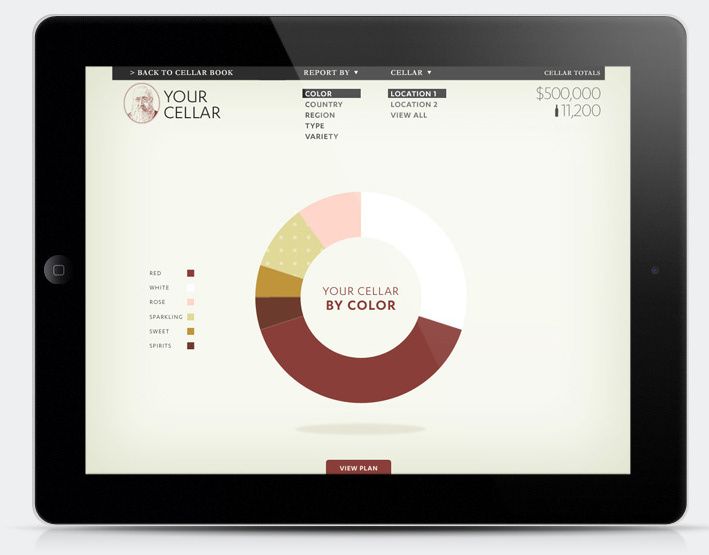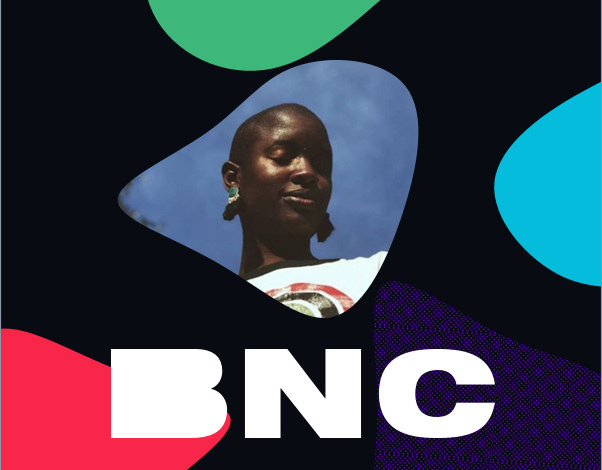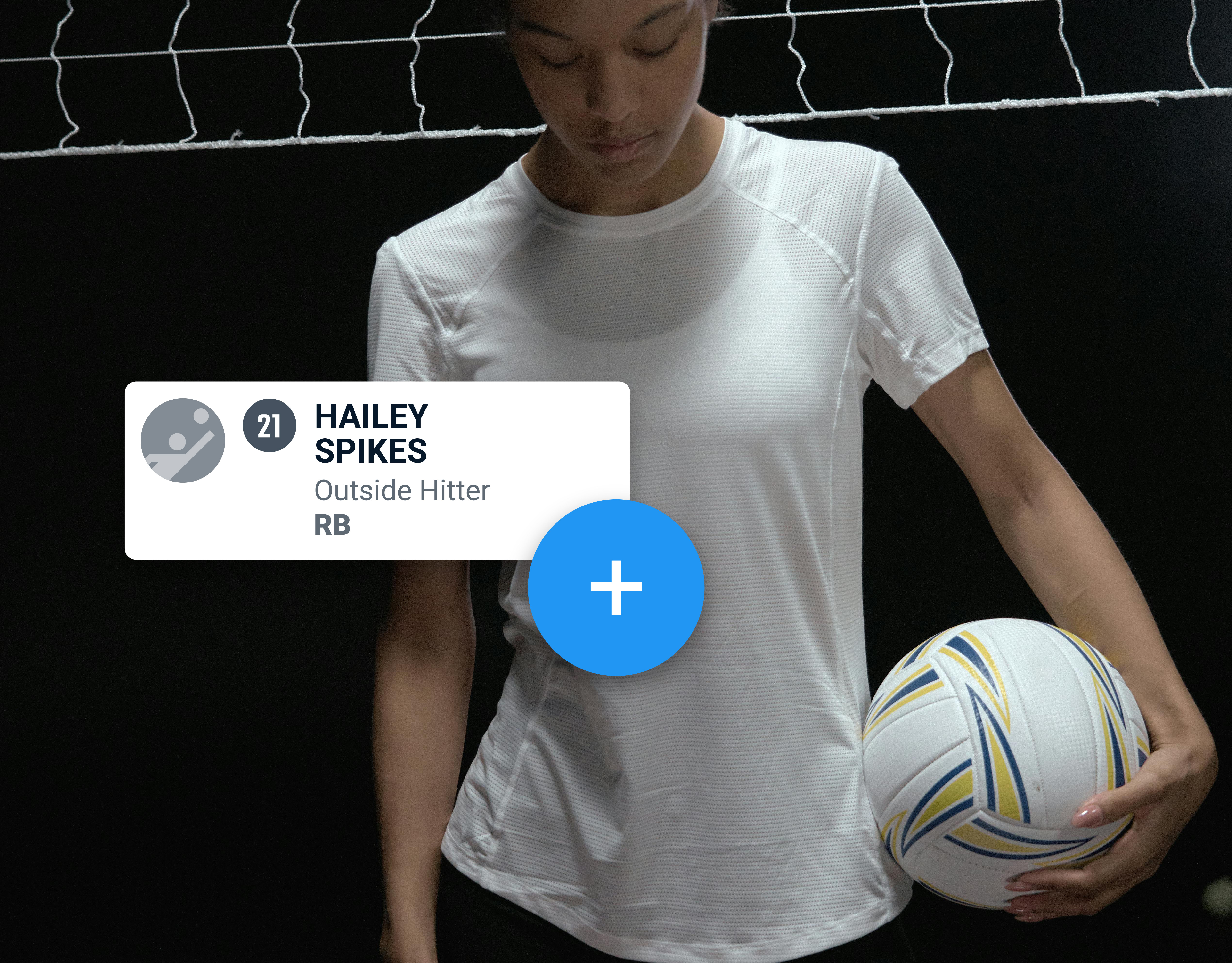Overview:
Juniper Networks is a global leader in networking and cybersecurity, known for its high-performance routers, switches, and AI-driven tools like Mist. While Juniper ranks as a top innovator in the industry, brand recognition and user engagement on its digital platforms lagged behind competitors.
Juniper Networks is a global leader in networking and cybersecurity, known for its high-performance routers, switches, and AI-driven tools like Mist. While Juniper ranks as a top innovator in the industry, brand recognition and user engagement on its digital platforms lagged behind competitors.
As part of a larger pitch at WongDoody, I led a cross-functional product design team to reimagine Juniper’s web experience — not just as a site but as a more intelligent, more transparent buyer journey grounded in personalization and clarity.
Role:
Product Design Director
Product Design Director
Platform:
Enterprise Web (B2B)
Enterprise Web (B2B)
Timeline:
3 Weeks
3 Weeks
The Challenge:
Despite its industry leadership, Juniper’s website did not effectively communicate value to potential customers. Key issues included:
Despite its industry leadership, Juniper’s website did not effectively communicate value to potential customers. Key issues included:
• Lack of personalization for different buyer roles or industries
• Unclear messaging and overwhelming technical jargon
• A buying journey misaligned with real-world decision-making dynamics
• Unclear messaging and overwhelming technical jargon
• A buying journey misaligned with real-world decision-making dynamics
The Goal:
Our task was to address these issues by creating a web experience that built trust, improved engagement, and helped users quickly connect with relevant content.
Our task was to address these issues by creating a web experience that built trust, improved engagement, and helped users quickly connect with relevant content.
Outcome:
We delivered three fully realized, clickable prototypes. The final concept balanced brand storytelling with a frictionless, intuitive journey designed to foster trust and drive conversions among enterprise decision-makers and technical evaluators.
We delivered three fully realized, clickable prototypes. The final concept balanced brand storytelling with a frictionless, intuitive journey designed to foster trust and drive conversions among enterprise decision-makers and technical evaluators.
Insight & Strategic Direction:
Through stakeholder interviews and competitive analysis, we uncovered key insights:
• B2B buyers need industry-specific information across every topic, even emerging technologies like AI.
• The journey involves collaboration between decision-makers (e.g., CTOs) and practitioners (e.g., SMEs) — both must be served.
• Users are craving clarity: "Cut through the noise."
Through stakeholder interviews and competitive analysis, we uncovered key insights:
• B2B buyers need industry-specific information across every topic, even emerging technologies like AI.
• The journey involves collaboration between decision-makers (e.g., CTOs) and practitioners (e.g., SMEs) — both must be served.
• Users are craving clarity: "Cut through the noise."
These insights led us to define a North Star principle for the experience…
Demand facts, not fluff.
Our core Principles
Our design strategy was built around five guiding principles:
1. Personalize: Deliver content tailored to each user’s role, industry, and goals — growing more relevant with continued engagement.
2. Make It Clear: Use direct, transparent language to communicate product capabilities and value.
3. Prove It: Back up claims with proof points from respected industry voices and customer success stories.
4. Do More Than Talk: Let users engage through simulations, interactive tools, and demos.
5. Connect the Dots: Proactively guide users through their journey, not just offer isolated pieces of content.
1. Personalize: Deliver content tailored to each user’s role, industry, and goals — growing more relevant with continued engagement.
2. Make It Clear: Use direct, transparent language to communicate product capabilities and value.
3. Prove It: Back up claims with proof points from respected industry voices and customer success stories.
4. Do More Than Talk: Let users engage through simulations, interactive tools, and demos.
5. Connect the Dots: Proactively guide users through their journey, not just offer isolated pieces of content.
Journey Mapping & Personalization Flow:
We designed a web journey reflecting how a CTO (decision-maker) and SME (practitioner) might collaborate during a purchase decision. The experience began with a simple, conversational prompt:
We designed a web journey reflecting how a CTO (decision-maker) and SME (practitioner) might collaborate during a purchase decision. The experience began with a simple, conversational prompt:
“What part of your network keeps you up at night?”
• Users selected common pain points, goals, products, and services to tailor content relevance.
• Users selected common pain points, goals, products, and services to tailor content relevance.
This was followed by a quick industry selector to sharpen the context. We proposed automatically customizing content delivery by integrating LinkedIn APIs and using AI/ML models to identify visitor roles, industries, location, and seniority levels.
• CTOs would see strategic case studies, product overviews, and leadership insights.
• Practitioners would receive detailed technical specs, documentation, and hands-on simulations.
• CTOs would see strategic case studies, product overviews, and leadership insights.
• Practitioners would receive detailed technical specs, documentation, and hands-on simulations.
User Journey: CTO & SME Collaboration:
Understanding that B2B buying is a collaborative process between decision-makers and technical practitioners, we mapped a realistic user journey to reflect how this dynamic might unfold. Below is a sample interaction between a CTO (decision-maker) and a Sr. Enterprise Architect (practitioner):
Understanding that B2B buying is a collaborative process between decision-makers and technical practitioners, we mapped a realistic user journey to reflect how this dynamic might unfold. Below is a sample interaction between a CTO (decision-maker) and a Sr. Enterprise Architect (practitioner):
1. Awareness & Initial Exploration
• Matthew, the CTO, is scanning for trends to guide a business transformation.
• He encounters a thought leadership article by Juniper and clicks through to the website via a prominent CTA.
• Intrigued, he begins exploring relevant content and interacts with an embedded widget that offers a deeper look into Juniper’s capabilities.
• Matthew, the CTO, is scanning for trends to guide a business transformation.
• He encounters a thought leadership article by Juniper and clicks through to the website via a prominent CTA.
• Intrigued, he begins exploring relevant content and interacts with an embedded widget that offers a deeper look into Juniper’s capabilities.
2. Contextual Personalization & Sharing
• As Matthew engages, the site personalizes content based on his role and industry, surfacing strategic insights and case studies.
• He shares a unique, persistent link to the content with his colleague Vihaan over Microsoft Teams.
• During a control board meeting, they discuss how Juniper could align with an upcoming project.
• As Matthew engages, the site personalizes content based on his role and industry, surfacing strategic insights and case studies.
• He shares a unique, persistent link to the content with his colleague Vihaan over Microsoft Teams.
• During a control board meeting, they discuss how Juniper could align with an upcoming project.
3. SME Engagement & Deep Dive
• Vihaan, a Sr. Enterprise Architect, clicks the shared link and arrives at the same personalized experience.
• He connects via LinkedIn and initiates a technical inquiry via Juniper’s intelligent chatbot about the platform’s open architecture.
• Vihaan’s interactions further refine the site content to highlight product specs and architecture details tailored to his interests.
• He continues exploring technical documentation to scope out the project feasibility
• Vihaan, a Sr. Enterprise Architect, clicks the shared link and arrives at the same personalized experience.
• He connects via LinkedIn and initiates a technical inquiry via Juniper’s intelligent chatbot about the platform’s open architecture.
• Vihaan’s interactions further refine the site content to highlight product specs and architecture details tailored to his interests.
• He continues exploring technical documentation to scope out the project feasibility
Clickable Prototype
Content Strategy Highlights:
We ensured the experience spotlighted Juniper’s key brand proof points:
• Inclusion in the Gartner Magic Quadrant (2023)
• Major clients such as Zoom, Verizon, and Gap
• Notable industry rankings and innovation milestones
We ensured the experience spotlighted Juniper’s key brand proof points:
• Inclusion in the Gartner Magic Quadrant (2023)
• Major clients such as Zoom, Verizon, and Gap
• Notable industry rankings and innovation milestones
We worked closely with the creative and campaign teams throughout our iterations to align our UI with broader brand messaging and marketing efforts.
Outcome:
We delivered three fully realized, clickable prototypes. The final concept balanced brand storytelling with a frictionless, intuitive journey — designed to foster trust and drive conversions among enterprise decision-makers and technical evaluators.
We delivered three fully realized, clickable prototypes. The final concept balanced brand storytelling with a frictionless, intuitive journey — designed to foster trust and drive conversions among enterprise decision-makers and technical evaluators.








